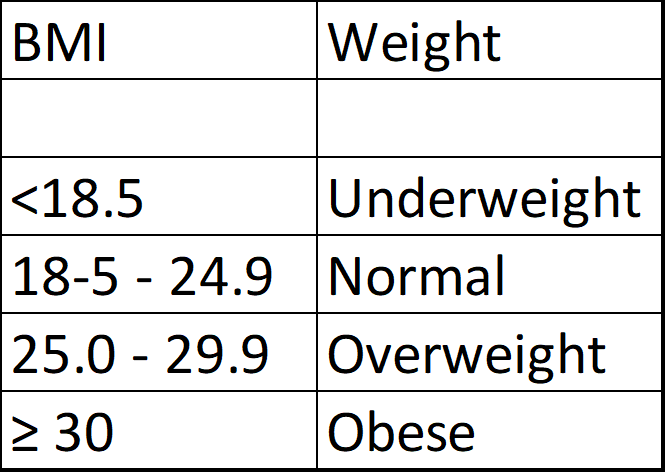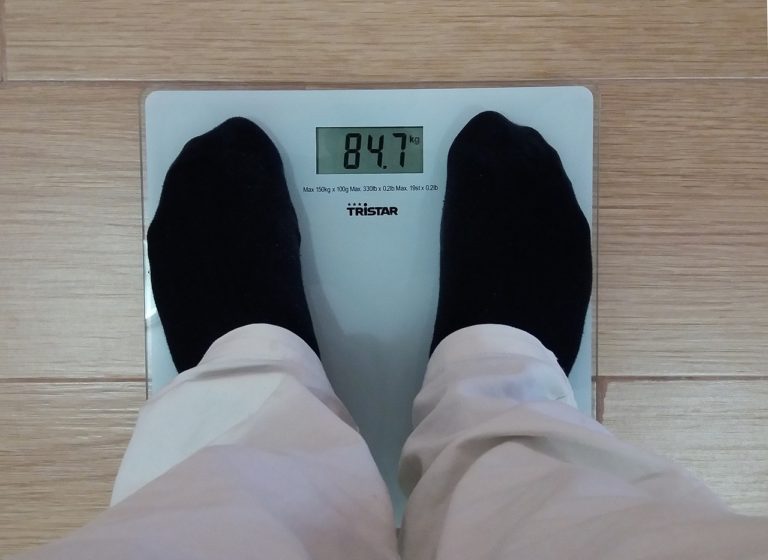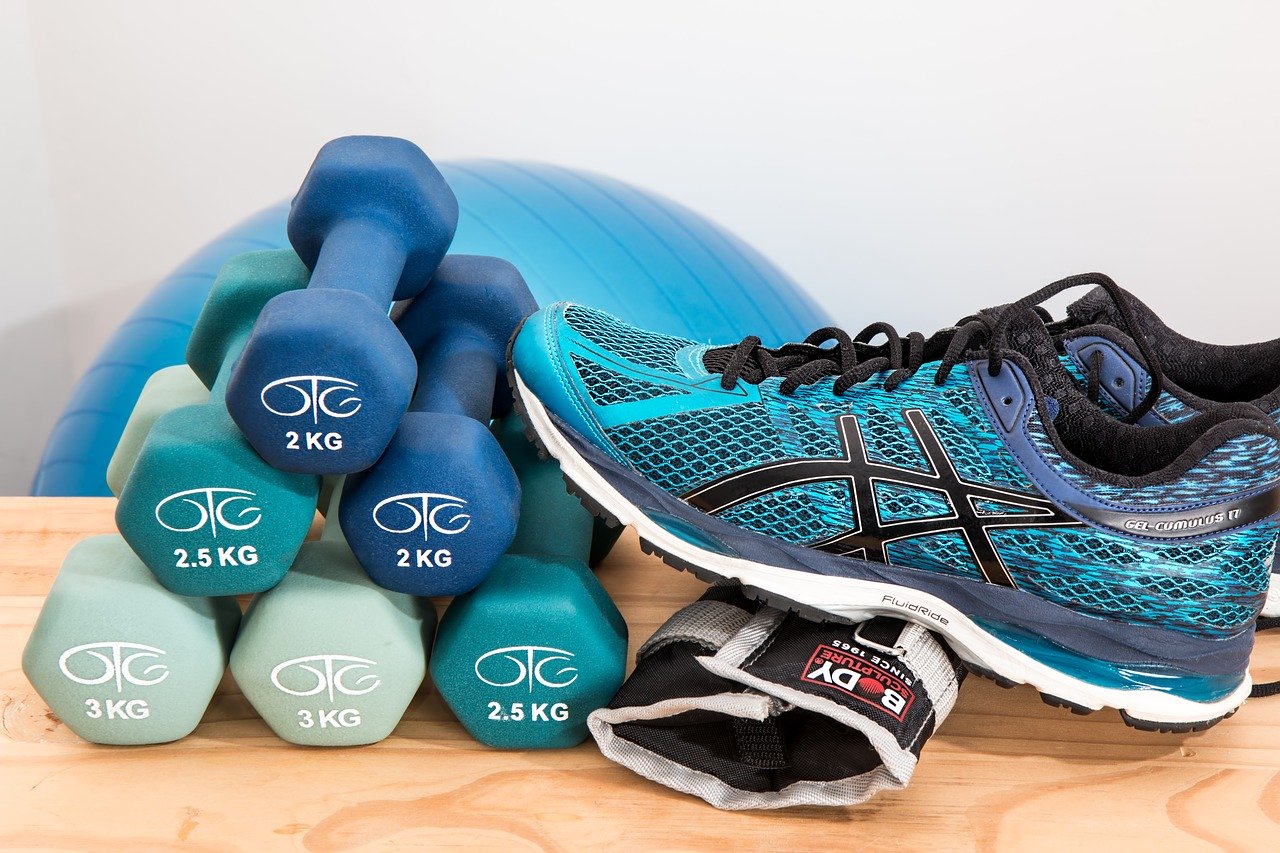Once you’ve decided to start with a sport or activity, many questions may pop up about the right training plan, equipment, whether you need smartwatch, proper clothes, etc. However, the most important point to have a good start is your physical condition. How’s your fitness level now?
I recommend, once more, that you first visit your doctor and make sure that you have no impediment for starting an exercise program. Your doctor can also give you tips to focus on specific programs or training forms to avoid any risks for your health.
For people who already have high physical activity or often practice a sport, it is easier to start with a new training plan, because their fitness level might be good. But if your life has been sedentary so far, if you’re overweight or if you’re no longer a 20-year-old person, then you should pay more attention to your current level before defining the frequency and training intensity in your plan.
How can you know which fitness level you have?
There are several ways to find out. Below, you can read about some of important factors to assess your level and some hints to avoid injuries. Review the details of each factor or test and select, as reference, the one or ones suitable for you. Sometimes, you’ll need to consider several factors or tests before you can define a training plan. There are tests directed to a certain part of the body, such as abs exercises (crunches) or to a fitness element like physical strength (for instance leg strength tested with squats). To give you an idea of your overall condition, it is recommended to perform different tests. Points to consider:
- Age is important. With age, your body has physical and chemical changes. For children, physical activity is not a problem, but as time goes by and you grow older, the physical strength evolves. For some sports, certain minimum or maximum ages are recommended (weight lifting from the age of 15 or avoiding a start up in Olympic gymnastics at 16). The physical capacity cycle goes hand in hand with your age. The curve of physical strength reaches its maximum level towards the beginning of adulthood and begins to descend when you reach ~40 as you can see in the table below. Depending on the reference sport, the maximum performance could be achieved between the ages of 18 and 35. The point of descent may also vary depending on your daily physical activity, diet, health, etc.

- Your physical constitution and weight. There are many indicators of your constitution. One of them is the BMI (BodyBody Mass Index). To calculate it you only have to divide your weight (kg) by your height (m) squared. You can see the formulas below. BMI isn’t perfect because you don’t “know” how much muscle you have or the real mass of the bones, but it’s a reference for your weight. It is important to know this for certain sports. For example, when you run and because of the physics of movement, you put a lot more pressure on your knees and ankles. Being overweight further affects your joints and muscles. Overweight can also have an impact on your cardiovascular system and bring some other health risks.



- Your heart rate. Heart rate is related to your age, gender, weight and fitness. Doctor and and sport experts suggest monitoring the heart rate zones and the maximum beats per minute you should reach (HR Max). Certain type of training focuses on reaching 70% of the maximum heart rate while others set the window at 80-90% to improve condition and endurance. See this table proposed by the “American Heart Association” as a reference. These values are normally reached during the activity and greatly differ from the values when resting. To measure the pulse:
- Place your index and middle finger o one hand, on the inner wrist of the opposite arm (as shown in the picture below).
- Gently apply some pressure until you start feeling your pulse.
- Count the number of taps during a minute.
You can also wear a sports watch or use a cardio strap. Otherwise, have your doctor measure your heart rate.


- Your current physical activity level. Today there are many persons who work in offices and are sitting most of the day. There are some others who are constantly moving, walking or performing physical work. Sedentary or active work- life styles may also be a reference for your current fitness level. Other indicators can be the minutes of activity/inactivity per day, steps walked per day,etc. Using for example the steps walked per day we would have the following table. Depending on the source of information you choose the recommended steps can reach up to 10000 (by the World Health Organization WHO) but, in my case, even if I consider myself as a hobby athlete, I only reach around 6000 steps in average in a normal week.


Fitness tests
Once you have consider some or all of the parameters discussed above, you can plan one or several of the following fitness tests.
- Fitness tests can be directed to assess an aspect of your medical condition or your physical abilities to perform exercises with a defined intensity and/or duration. There are different options:
- The cardio or cardiac stress test is a study that allows you to see how your heart works during effort and rest stages. An electrocardiogram is made to record the changes in heart rate. A stationary bike or a treadmill is used with different settings, speeds and intensities to promote the changes as the load varies. The reference is shown in the table below. The target value is the heart rate you must reach during the test. The maximum value is the rate that should not be exceeded. Table shown above.
- Cooper test. During a 12-minute run, your body’s maximum oxygene intake capacity is evaluated. The formula is where D is the distance in meters traveled during the 12 minutes. Look at the chart below.
- VO2 Max based on heart rate. You can use a device to measure your heart rate like a smartwatch. The estimated result through the resting heart rate ratio and the maximum heart rate reached in training and multiplied by a constant (obtained with reference to your weight and the average absorption of oxygen per body kilogram). The use of this indicator is suggested for people between 21 and 51 years of age. Many smartwatches can give you this value, I have used some of Polar, Garmin, Amazfit and Huawei. The valuation of VO2 is as following:

- Test of the 2 kilometer race. Rating based on the elapsed time (in minutes) to run the distance.


- Strength or endurance exercises. Your ability to perform a certain number of repetitions of the exercise, in only one set, is evaluated. For example number of abs crunches, squats or push-ups. Look at the following table.
- Mixed tests to assess basic physical skills (resistance, flexibility, strength and speed) or compound skills (agility, coordination, balance, power). We’ll talk about this in another article.

Your opinion counts!!
Your opinion and perception are important indicators. Regardless of your test results, you can evaluate how you feel during and after the test. If you suffocate, get dizzy or just don’t feel well, stop the session and monitor your heartrate. If needed, visit your doctor. If your effort exceeded your limit, adjust the program and try a level of lower impact or effort at the next session. Consider that fitness might refer to a set of skills. Some of those skills may or may not be required by the activity or sport you want. For instance, you don’t need to have an advanced result in arm strength (push-ups or pull-ups) if you want to start running. You don’t need to be able to run 1 km in 3 minutes to start training. By the way, 3 minutes/km is already a mark that only expert runners reach (like marathon winners). Make sure to select the right entry level for you.
Sport is a discipline. Nutrition and rest (sleep) must always be part of the program. Now that you know the fitness level you have, you can start selecting your training plan.
Happy training!
Miguel
